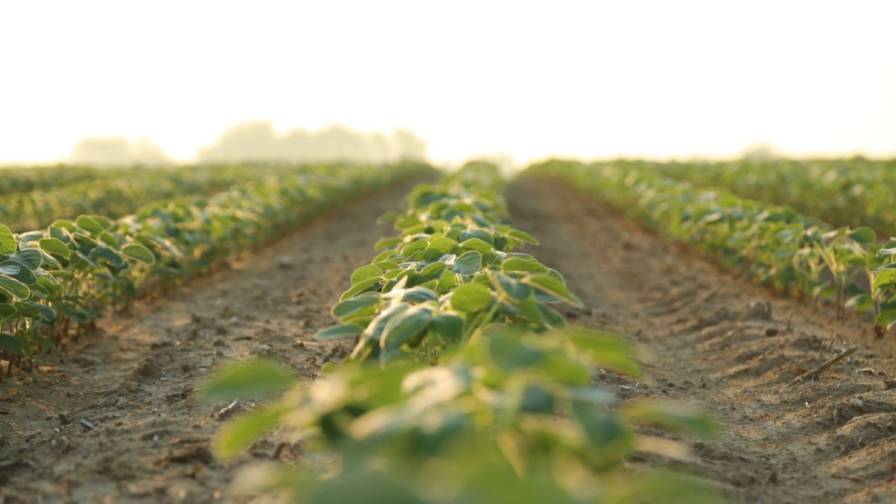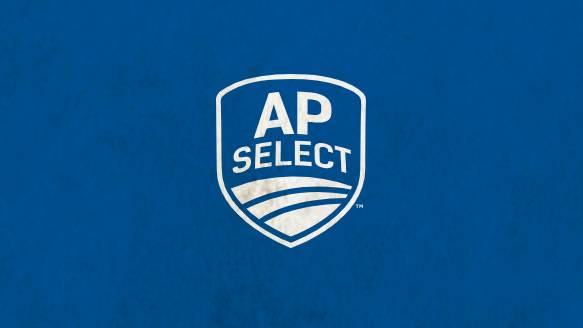A Consolidation Comeback in Agriculture
Could 2024 see a return to widespread consolidation? It would seem the answer to this question is unequivocally yes.
Before looking ahead, however, let’s take a look backward for a moment. Late last year, when I was compiling CropLife® magazine’s annual CropLife 100 report, I was surprised to see consolidation ranked as a chief concern among survey respondents at 10%. Now, consolidation has typically ranked as a chief concern among CropLife 100 companies for several years (in fact, it was named one of the major five ag retail industry trends over the 40-year life of the survey). However, consolidation normally scored in the single digits, percentage wise, compared with such “hot button” topics as restrictive regulations, commodity prices, and, of course, labor. I’ll admit seeing consolidation ranked so highly going into 2024 surprised me a bit.
So, towards the end of 2023, I rummaged through my email inbox a bit more deeply. It was abundantly clear that many, many companies in the agricultural world had engaged in a host of consolidating during the year. Most of these were suppliers or manufacturers, with larger companies buying up smaller competitors. There were a couple of high-profile consolidations that have happened or are in the works that might directly impact the ag retail space. This included AGCO acquiring Trimble in mid-2023 and Indiana-based ag retailers Co-Alliance and Ceres Solutions voting on a consolidation that could be completed early this year.
With consolidation back in the trending column, the next logical question to ask is why now? Looking over the data, it seems that this is another in a long line of events that tie back to one of the most prominent moments of the past few years — COVID. From the time the pandemic became widespread in 2020, it has altered many aspects of everyday life for the entire world. From stay-at-home working to remote education to supply chain issues, the aftereffects of COVID have caused ripples throughout society.
To help companies cope with potential lost revenue during the early COVID years, the federal government began a financial assistance program called the Paycheck Protection Program (PPP). Using PPP, companies could borrow money to maintain their workforces that would convert to grants (meaning no payback was necessary). PPP ran until mid-2021.
Many companies were probably able to keep afloat during the pandemic years using these PPP funds. These also probably helped suppliers and manufacturers during the 2022 calendar year as well. But once 2023 rolled around, the companies that had kept going because of PPP funds had to start making money on their own once more. For some of the financially weaker ones (or those that did business in markets that were slower to recover), this might not have been possible in the short term. Hence, consolidation became the only option.
So, no matter what other trends we see emerge during 2024, everyone in agriculture should keep an eye on consolidation. On that front, it promises to be a very busy year indeed.






